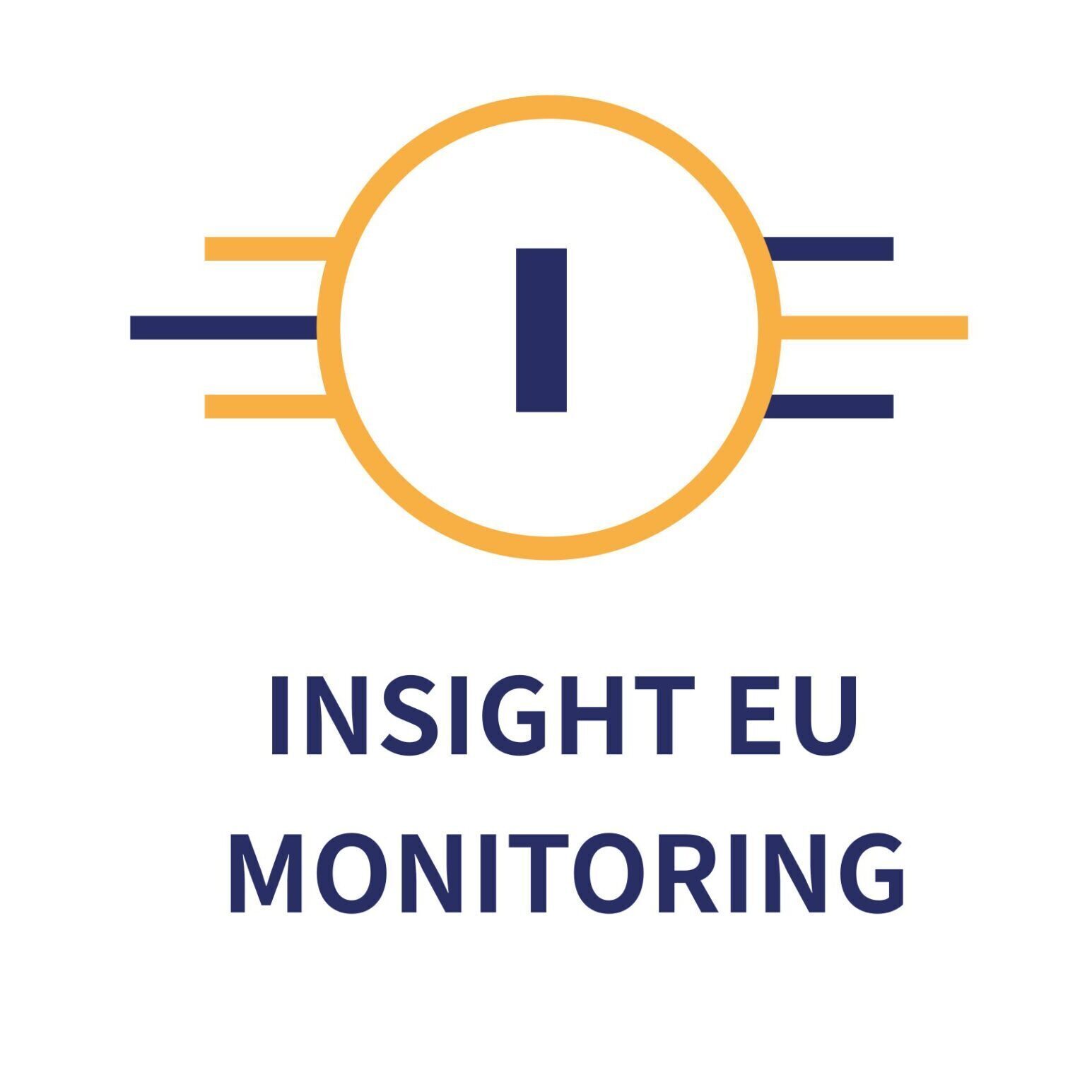Brussels, 6 February 2025
The European Union should continue to push companies on net-zero alignment, but pragmatic changes can help ease burdens and maintain EU leadership.
President Donald Trump’s order that the United States should withdraw from the Paris Agreement followed a years-long crusade, led by the Republican Party, against ‘woke capitalism’ – a catchphrase for the integration of environmental, social and governance (ESG) factors into various parts of the US corporate and financial system.
Even before Trump’s return, US banks were under increasing pressure to back away from climate-related commitments. In October 2023, the Texas Attorney General announced a review of the climate finance policies of US members of the Net Zero Banking Alliance (NZBA), to establish whether they amounted to a “boycott” of the oil and gas industry. The review was dropped in January 2025, following the withdrawal from NZBA of the six largest Wall Street banks.
Meanwhile, in December 2023, the US House of Representatives’ Judiciary Committee probed US-based asset managers on their involvement with the Net Zero Asset Managers Initiative (NZAMI), a global coalition of institutional investors seeking to achieve net-zero emissions by 2050. In January 2025, NZAMI took the drastic decision to suspend operations, removing its commitment statement and the list of signatories from its website, pending review.
So far, the anti-ESG backlash has had limited effect in Europe. But top European banks are reportedly reconsidering their NZBA commitments unless the initiative softens its rules. Centre-right politicians have called for the European Union’s Corporate Sustainability Reporting Directive (CSRD, Directive (EU) 2022/2464), which requires companies to publish social and environmental risk reports, to be delayed and limited in scope, while the French government has called for the indefinite suspension of another rule, the Corporate Sustainability Due Diligence Directive (CSDDD, Directive (EU) 2024/1760).
In corporate sustainability and sustainable finance, the EU has been a leader, but the question now is whether one is still a leader if no one follows. US business groups have voiced concerns in Brussels over the extraterritoriality of EU sustainability reporting rules. When compliance with the CSRD reportedly requires European mid-cap companies to spend the equivalent of 12.5% of their investment volumes (according to the Draghi report, page 321), it is hard to dismiss the risk that the European corporate sector may also push back against the EU’s sustainability goals.
Furthermore, though massive political capital has gone into building a framework to reorient capital flows in line with climate goals, this effort is not yet delivering the desired results. Five years after entering into force, the EU Taxonomy Regulation (2020/852/EU), which attempts to legally define what counts as a sustainable activity, has yet to establish itself as the reference framework for EU corporate bond issuance and sustainable investing (as I show in a forthcoming Bruegel Policy Brief). This is largely because the taxonomy does not work well as a framework for transition finance – and as a result, the EU still lacks a coherent concept for how to fund the transitions of companies that are not yet, but can become, sustainable.
The European Commission has promised legislation to simplify the CSRD, the CSDDD and the Taxonomy Regulation (as well as a review of another major law, the Sustainable Finance Disclosure Regulation (SFDR, Regulation (EU) 2019/2088)). The worry is that this could spell doom for EU’s sustainability efforts. But this need not be the case. The EU framework can be revised to make it more easily operational and more effective in delivering the desired alignment of incentives for financial-market participants, while retaining its core principles.
In the short to medium term, transition finance will be as, if not more, important than scaling up finance for the already-green. A proper framework for transition finance – at present poorly defined in EU law – should thus be introduced.
This requires several steps. First, the taxonomy should employ a traffic-light system: green for sustainable activities, red for harmful activities and amber for activities that can facilitate the transition. Second, the focus of sustainability assessment should be switched from activities to companies, and within that assessment, more weight should be given to transition plans and targets.
Meanwhile, the EU should develop a standard for financial instruments that embed those targets, such as sustainability-linked bonds and loans, similarly to what was done for green bonds. Third, the SFDR sustainable investment definition should be made stricter and should include a minimum set of policies investors will need to apply to exclude climate-harming activities. The EU should also require that ESG ratings sold in the EU take the same approach to measuring sustainability as the CSRD and CSDDD require for EU companies’ disclosures.
“The US innovates, China replicates, Europe regulates” has become a catchphrase among those bemoaning Europe’s weak growth. Brussels should not compromise on its sustainability goals in response to US backtracking, but flaws in the system should be rectified. If handled correctly, this will help the EU to solidify its leadership in this area. Transatlantic divergence on climate policy will increase under the Trump administration, making it essential for Europe to ensure its regulatory environment truly supports, rather hinders, the achievement of climate goals.

